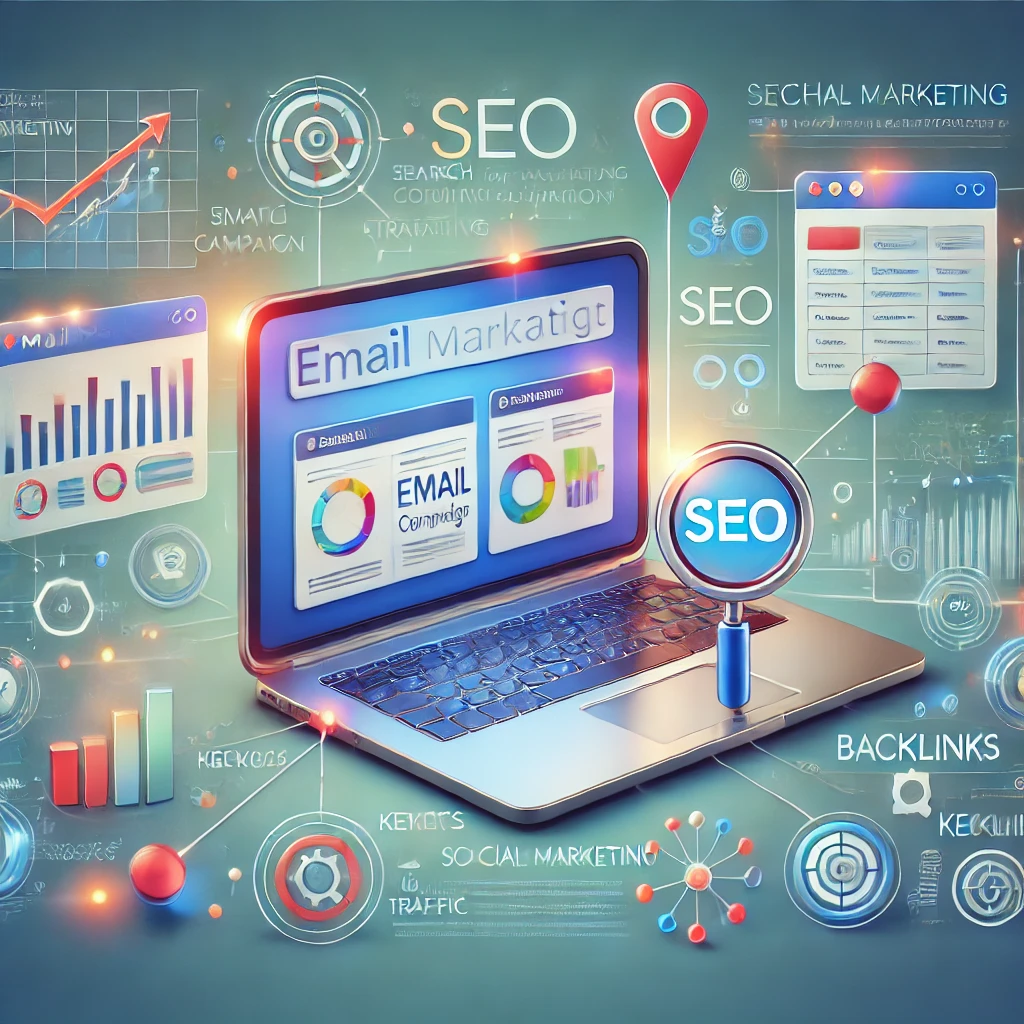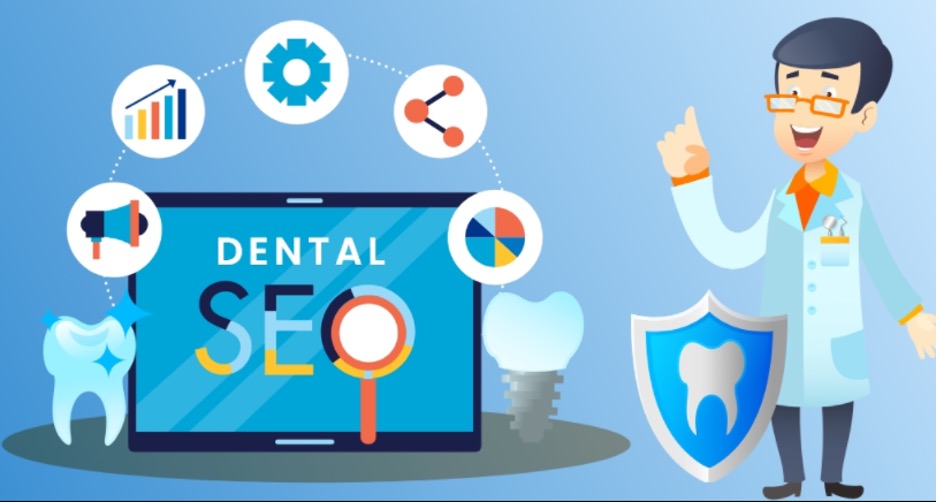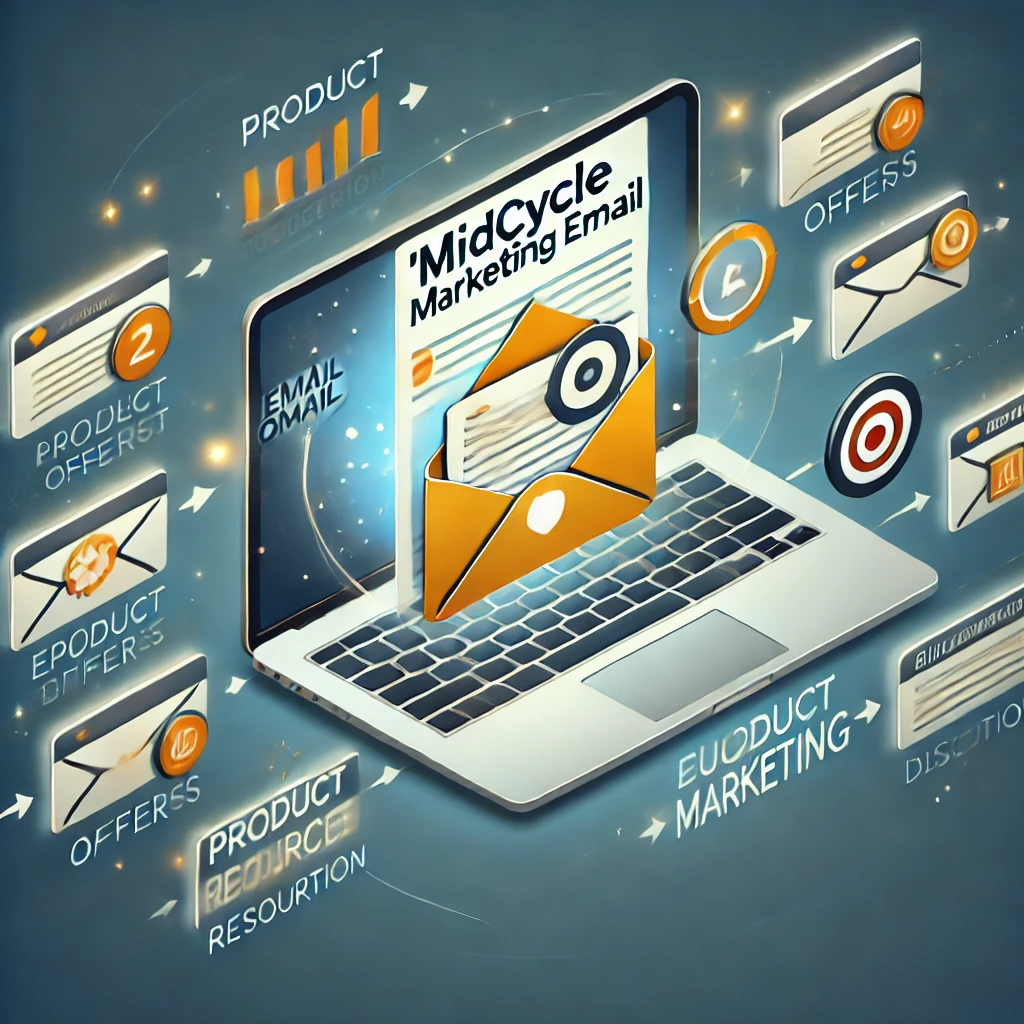In today’s competitive digital landscape, businesses continuously seek effective strategies to reach more audiences, build relationships, and improve their online presence. Two highly impactful methods often viewed as separate entities are email marketing and search engine optimization (SEO). Yet, when these two are combined, they can yield remarkable results for your website’s ranking and audience engagement. This article dives into the unique ways that email marketing can benefit your SEO strategy and how leveraging this relationship can drive more traffic to your site and help you build a sustainable, successful digital presence
Table of Contents
1. The Core Purpose of Email Marketing and SEO
2. The Overlap: How Email Marketing and SEO Complement Each Other
3. Five Ways Email Marketing Can Boost Your SEO Efforts Increasing OnSite Engagement Enhancing Social Signals and Shares Driving Targeted Traffic to Key Pages Building HighQuality Backlinks Through Content Promotion Gaining Insightful Audience Data to Refine SEO Strategies
4. Best Practices to Integrate Email Marketing with SEO
5. Conclusion: Why Email Marketing and SEO Make a Winning Team
- The Core Purpose of Email Marketing and SEO
Before exploring how email marketing can support SEO, it’s essential to understand each strategy’s unique purpose and primary benefits.
Email Marketing aims to build a direct, personalized line of communication with an audience. This can nurture leads, convert prospects, retain customers, and boost brand loyalty. It’s a highly targeted and cost-effective way to engage users directly in their inboxes, keeping your brand top-of-mind.
SEO: SEO’s main objective is to improve a website’s visibility on search engine results pages (SERPs). Through keyword optimization, link building, and high-quality content creation, SEO helps attract more organic traffic by making it easier for potential visitors to find your site when they search for relevant information.
While these strategies work differently, their combined effect can be powerful. Email marketing can help enhance SEO, and understanding how to leverage this relationship effectively can be a game-changer.
- The Overlap: How Email Marketing and SEO Complement Each Other
Although SEO and email marketing have separate goals, there’s a notable overlap in how they engage an audience and drive traffic. Email marketing helps promote content, while SEO optimizes that content to ensure it is discoverable.
Here are some key ways email marketing aligns with SEO:
Driving Traffic: When you promote your content through email, you send your targeted visitors to your website, boosting favorable SEO traffic.
How Email Marketing Can Help SEO: The Powerful Link You Need to Know AboutEncouraging Engagement: Google considers the quality and duration of user engagement when ranking. Email marketing can increase page engagement, lower bounce rates, and increase session times.
Generating Backlinks: Effective content promotion can result in backlinks, an important SEO factor, as other sites may link to valuable content you’ve shared with them.
This synergy is why combining SEO with email marketing strategies can produce powerful results. It allows you to reach wider audiences while improving your site’s ranking potential.
- Five Ways Email Marketing Can Boost Your SEO Efforts
3.1 Increasing OnSite Engagement
One of the lesser-discussed but impactful SEO ranking factors is user engagement. Google considers how users interact with your website, specifically monitoring aspects like bounce rate, time on page, and pages per session. By sending your audience valuable content through email, you encourage them to spend more time on your website.
For example, if you send a compelling email newsletter featuring an in-depth blog post or resource guide, subscribers who click through will likely stay engaged with your content. The longer a user stays and explores your site, the better Google interprets this interaction, associating it with valuable content that deserves a higher ranking.
Tips:
Segment your email lists based on interests so users receive content they will most likely engage with.
Include engaging multimedia content in your emails to make them more enticing.
3.2 Enhancing Social Signals and Shares

While not a direct ranking factor, social signals can indirectly benefit SEO by driving traffic and visibility to your content. When you promote content through email, encourage subscribers to share it on social media. Every share helps increase the reach of your content, which can lead to natural backlinks, enhanced visibility, and more website traffic.
For example, if you publish a detailed guide and share it via email with a clear CTA (call to action) asking subscribers to share on social platforms, you create the potential for a viral effect. The more people see and share your content, the more authority it gains, making it more likely to earn natural backlinks.
Tips:
Add social sharing buttons in your emails, making sharing easy for readers.
Create shareable content with infographics or valuable insights, which people are more inclined to post on social media.
3.3 Driving Targeted Traffic to Key Pages
Email marketing allows you to drive highly targeted traffic to specific pages on your website. Whether it’s a product page, a blog post, or a landing page, you’re directing readers to where they’ll find the most value based on their interests. This strategy can help you boost traffic to new or underperforming pages, which benefits SEO by giving these pages the initial traffic boost they need to gain traction on search engines.
For instance, if you’ve launched a new service, sharing it with your email list first can drive an initial wave of traffic, boosting its visibility in search engines.
Tips:
Highlight key pages in your email campaigns that need more visibility.
Clear CTAs direct readers to specific content, creating an easy and intuitive user journey.
3.4 Building HighQuality Backlinks Through Content Promotion
A crucial aspect of SEO is link building, which signals to search engines that your content is valuable and credible. One way to earn natural backlinks is by promoting your best content to a relevant audience through email marketing. By sharing valuable guides, white papers, or research with your subscribers, you increase the chances they’ll link to it on their websites or social media if they find it useful.
For example, a well-crafted email to industry influencers or bloggers highlighting an insightful study or resource could lead to a backlink from their websites.
Tips:
Contact bloggers or influencers in your email list who may be interested in linking to your content.
Focus on evergreen and highly valuable content that would benefit others to share.
3.5 Gaining Insightful Audience Data to Refine SEO Strategies
Your email list provides valuable insights about what resonates with your audience. You can understand what topics, keywords, and content types perform well by tracking metrics like open rates, clickthrough rates, and link popularity within emails. This feedback can guide your SEO strategy, helping you create content around topics that interest your audience.
For example, a blog post on a certain topic gains high engagement from your email subscribers. Consider expanding it with SEOrich content or creating similar posts to capture organic search traffic.
Tips:
Use A/B testing in emails to identify which topics or subject lines get the most attention.
Monitor link clicks to see which types of content are most popular, guiding future content and keyword strategies.
- Best Practices to Integrate Email Marketing with SEO
To maximize the impact of email marketing on SEO, it’s important to use best practices that ensure your emails and SEO strategies complement each other effectively.
Optimize Email Content for SEO: Use keywords in your email subject lines, preview text, and even the email body to reinforce relevancy and consistency in your brand’s message.
Leverage Content Re-Purposing: Turn popular blog posts or articles into email newsletters, and vice versa, to maximize reach across platforms.
Use Email Analytics for SEO Insight: Monitor your email campaigns to see which content resonates with users, using this data to refine your SEO and content strategy.
Create LinkWorthy Content: Build valuable, high-quality content that email recipients will want to share, increasing your chances of gaining backlinks.
- Conclusion:
Why Email Marketing and SEO Make a Winning Team
Email marketing and SEO may have distinct purposes, but their combined impact can produce tremendous benefits. By using email marketing to drive traffic, engage users, and promote content, you can significantly improve your SEO efforts, driving more visibility, authority, and organic growth. Embracing the power of email marketing alongside a strong SEO strategy can help you reach a wider audience, increase brand loyalty, and build a sustainable presence in an increasingly competitive online environment.
Ultimately, integrating email marketing with SEO is more than just a passing trend—it’s a dynamic strategy that can help you achieve long-term success. Whether you’re new to SEO or a seasoned marketer, combining these strategies can lead to a holistic approach to digital marketing, making your business visible and valuable to audiences online.

